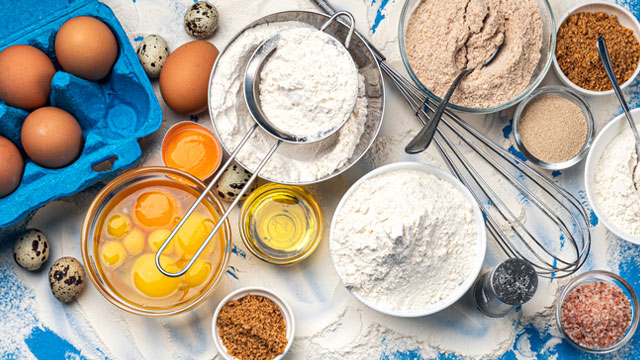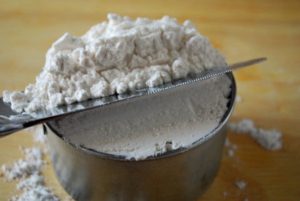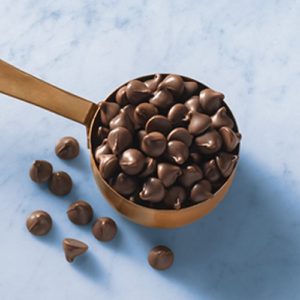A couple of techniques and methods exist to make water drinkable, which lets us remove the microorganisms that might be present in this essential liquid that we use day-to-day for consumption and cleaning. This option is practical if there is a possibility that the water for regular use presents a risk of containing toxic and harmful elements for the body. Continue reading to find out how to make water drinkable at home.
Convert various units of measure for free
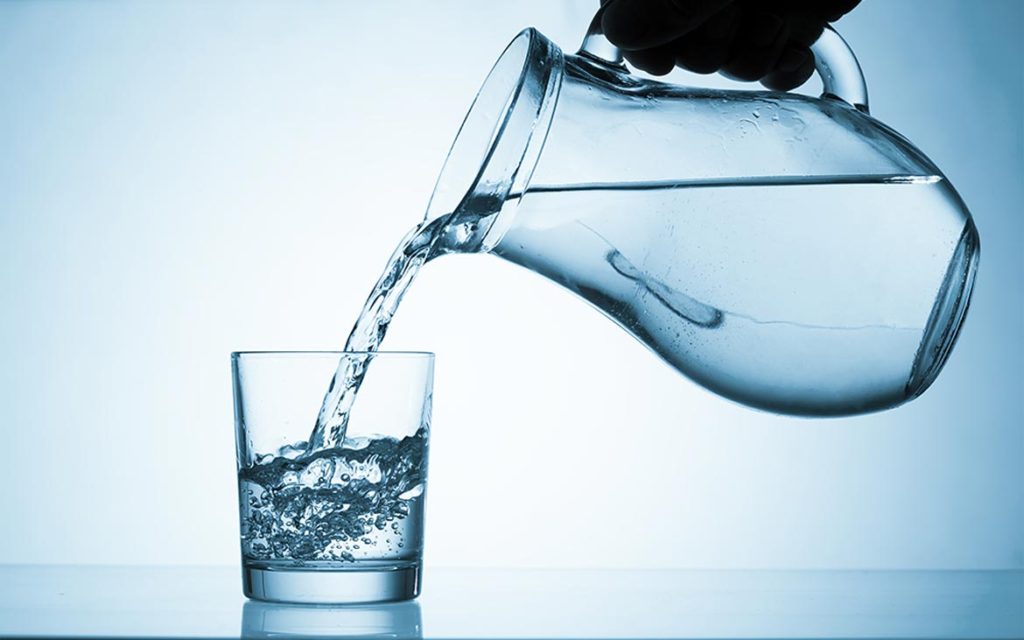
Methods of Water Purification
Water can be a nutritive substance for bacteria, viruses, or germs, that can be disease-causing when polluted, additionally, among its components, it can have elements that turn out to be absolutely detrimental to the human body.
When you make water drinkable you eliminate all these sources of infection, eradicating the pathogens that create them, in order to avert disease spreading.
1. Boil Water
Not entirely drinkable water better be boiled until the temperature gets to the boiling point, 100 degrees centigrade. Boil for about 5 minutes at this temperature.
It is crucial to remember that you must make sure that the utensils and the containers that are used to store the water are free of polluting elements. When you are making water drinkable you should sanitize everything as well, even your hands. Everything must be sanitized (the hands as well).
2. Chemical disinfection
Very effective disinfection against viruses, bacteria, and most microorganisms, which cause serious gastrointestinal diseases is chemical disinfection. It is frequently performed with iodine and chlorine. These elements have notable differences despite being similar substances, these differences are:
The iodine’s protective effect against protozoa in all its forms is very effective and it is easier to handle. Sometimes, because of its higher price people prefer chlorine over iodine.
Disinfection can be performed with povidone-iodine, iodine tablets, or tincture. In this case, the manufacturer’s instructions must be followed to the letter because each of these methods has different usage characteristics.
Meanwhile, chlorine is very efficient against bacteria, but not very much efficient against viruses. It is somewhat a watermaker, specifically when the water is cloudy, hence it is desirable to filter it using a fabric or gauze and then add the chlorine.
Sodium hypochlorite is a water purifying element and in the packaging, you must determine that it is a substance that can be used to adjust the water that is going to be ingested. Sodium dichloroisocyanurate tablets are also used in addition to 5% sodium hypochlorite.
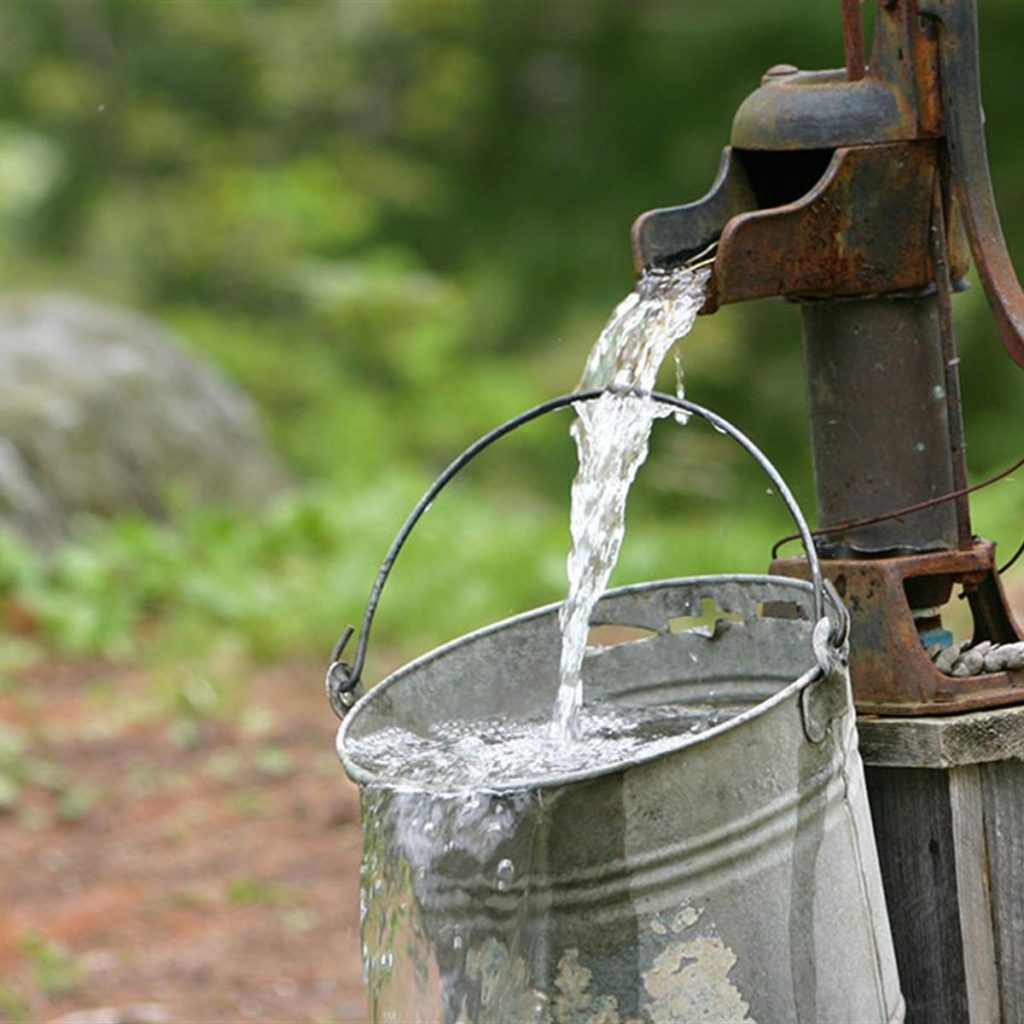
3. Use of filters
You can make the water drinkable using filters. Use materials of the best quality. If you use ceramic-type material, it has silver-coated pores which will prevent the growth of bacteria.
Diseases and contamination
The disinfection process should be centralized in a water treatment plant that has special equipment to deal with these types of emergencies, in case, if it is a large community where water needs to be made drinkable, such as a poor area. or a refugee camp.
In case the water is very muddy, it must be repositioned to an open tank for filtration and then to a closed tank for chlorine addition.
In the areas that are difficult to access or are too rural, the best choice is to perform water treatment by the distribution of water filters, envelopes, and tablets in each home.
It is vital that communities have clean water, so its purification process must be performed when necessary. Eventually, this will give positive results by decreasing the significant percentage of viral or gastrointestinal diseases, which are a result of the consumption of water that is not suitable for drinking.
